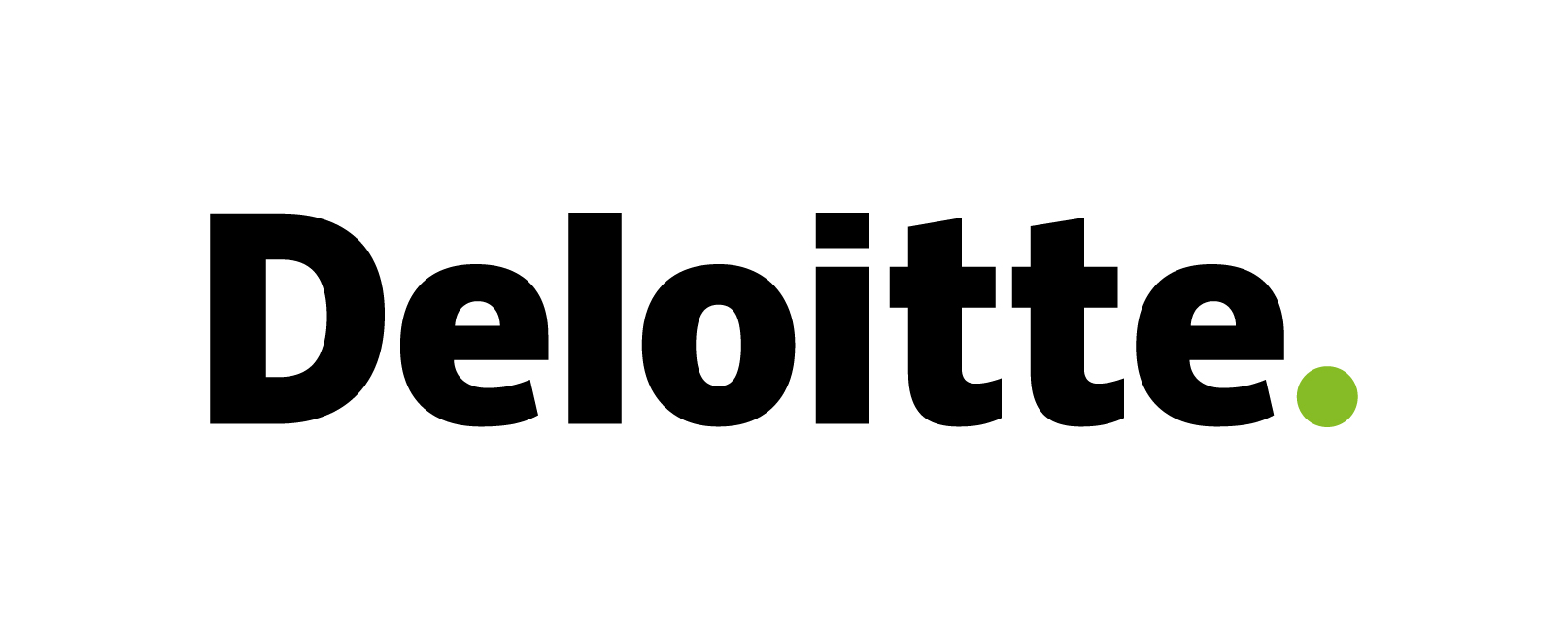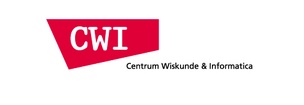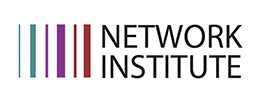HR Analytics Lab
Company: Various
The goal of human resources analytics is to provide an organization with insights for effectively managing employees so that business goals can be reached quickly and efficiently. We can help you identify what data should be captured and how to use the data to model and predict capabilities so that one gets an optimal return on investment (ROI) on human capital.
Keywords: HR analytics, human resources, people analytics, talent analytics.
Read moreHideThe goal of human resources analytics is to provide an organization with insights for effectively managing employees so that business goals can be reached quickly and efficiently. The challenge of human resources analytics is to identify what data should be captured and how to use the data to model and predict capabilities so the organization gets an optimal return on investment (ROI) on its human capital.
In our HR analytics lab, we employ techniques to prioritize and target applicants who are most qualified for a specific position, forecast workforce requirements and determine how to best fill open position, identify the factors that lead to greater employee satisfaction and productivity, and discover the underlying reasons for employee attrition and identify high-value employees at risk of leaving. We help clients and others to get a better insight in the trends, and how they can use the trends to stay or become leaders in their business.
















